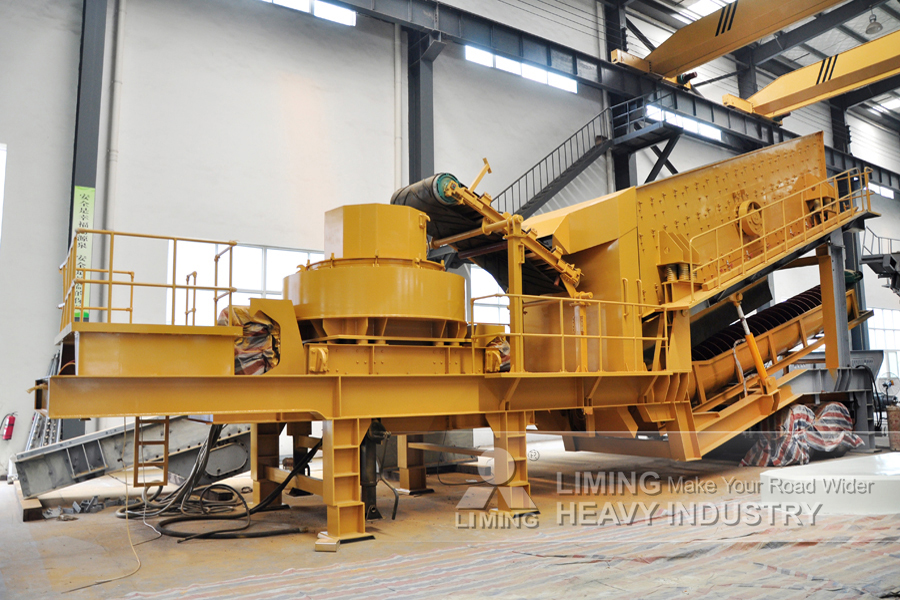# The Ultimate Guide to Stemware Polishing Machines: Technology, Benefits, and Best Practices
## Introduction
Stemware polishing machines are essential tools in the hospitality industry, catering businesses, and even high-end households that prioritize crystal-clear glassware. These machines efficiently remove water spots, fingerprints, and streaks from wine glasses, champagne flutes, and other delicate stemware without manual labor.
In this comprehensive guide, we will explore:
– The mechanics of stemware polishing machines
– Different types available in the market
– Key benefits over manual polishing
– Best practices for maintenance
– Leading brands and models
– Future trends in glassware care
By the end of this article, you will have a thorough understanding of how these machines work and why they are indispensable for professional settings.
—
## 1. How Stemware Polishing Machines Work
Stemware polishing machines operate using steam or forced air combined with microfiber brushes to achieve flawless results. Here’s a breakdown of their working mechanism:
A) Steam-Based Polishers
These machines use heated steam to soften mineral deposits and loosen dirt particles on glass surfaces. The steam is generated via an internal boiler system and expelled through nozzles directed at the glassware.
Key Components:
– Water Reservoir – Stores distilled or softened water to prevent scaling.
– Boiler Unit – Heats water into steam.
– Steam Nozzles – Direct steam onto the glass surface.
– Rotating Brushes – Microfiber or soft-bristle brushes buff away residues.
– Drying Mechanism – Some models include warm air drying.
B) Air-Powered Polishers
Instead of steam, these machines use high-speed compressed air combined with microfiber pads to polish glasses mechanically.
Key Components:
– Compressed Air System – Delivers powerful airflow.
– Microfiber Buffing Pads – Gentle yet effective scrubbing action.
– Adjustable Speed Controls – For delicate vs. tougher stains.
Both types eliminate manual wiping risks (such as breakage or streaks) while ensuring consistent shine across multiple glasses.
—.jpg)
## 2. Types of Stemware Polishing Machines
Different models cater to varying needs—from compact units for home bars to industrial-grade polishers for banquet halls.
A) Countertop Models
Ideal for small restaurants or home use:
– Compact footprint (fits under counters).
– Processes 1–4 glasses per minute.




